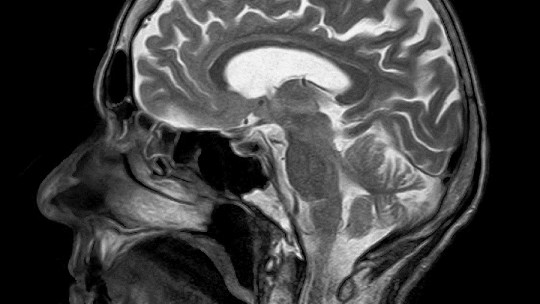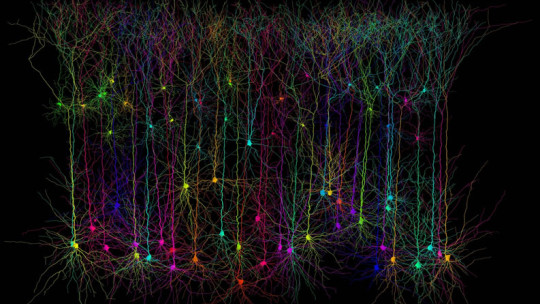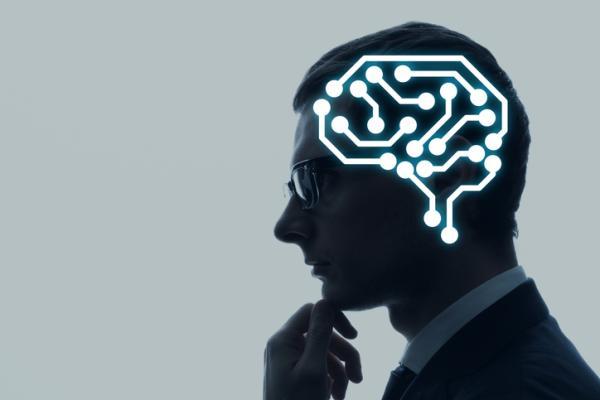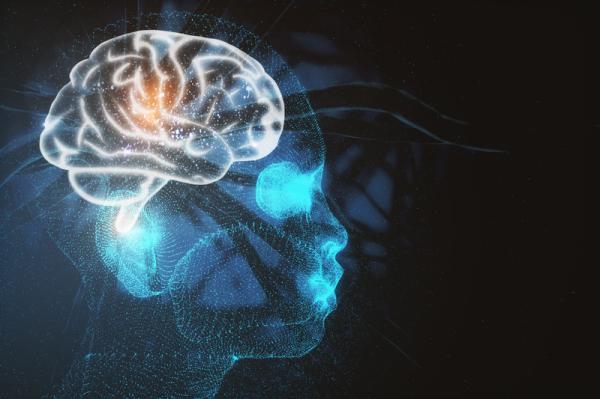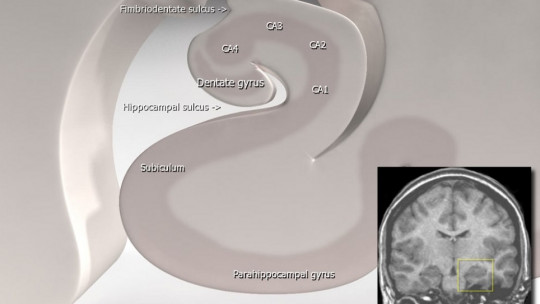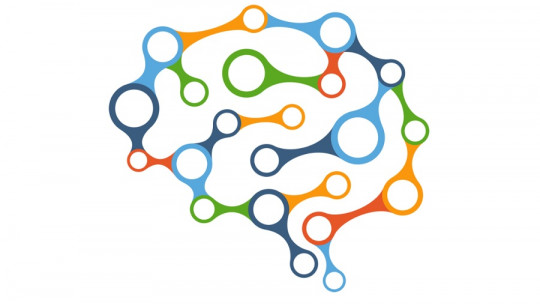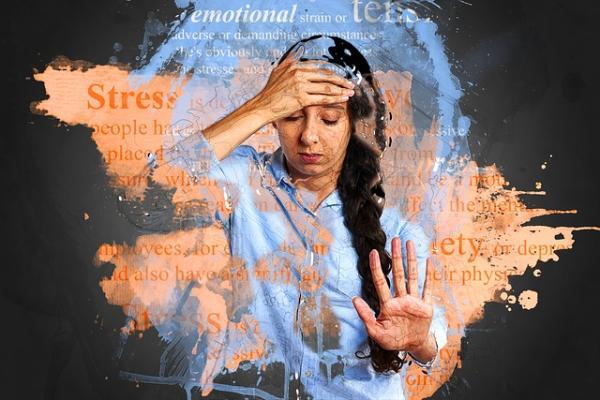We cannot remember absolutely everything we have experienced throughout our lives, although the truth is that our memory has a large storage capacity. Although we cannot remember every day of our life, we keep a lot of information about the world around us, about events that have been significant to us, etc.
The information stored in our memory seems to be much more extensive than what we can recover and, it is possible, that if necessary we can remember things that we did not even know were stored in our memory. When this phenomenon happens, we do not recognize the memory as such, but rather it gives us the feeling that we are experiencing it for the first time.
This phenomenon constitutes the topic of our next PsychologyFor article. Continue reading to learn a little more about the cryptomnesia: what it is, causes, symptoms and examples
What is cryptomnesia
If we talk about the meaning of cryptomnesia, the psychology dictionary of the American Psychiatric Association(1) defines it as that implicit memory phenomenon in which a person considers an idea or thought as original when in reality it is a thought or idea of which they already had prior knowledge, that is, that they had already read, heard, seen, etc. previously.
The relationship established by this definition between cryptomnesia and implicit memory refers to the mode of information retrieval. In no case does the person consciously and voluntarily remember the idea that has arisen, among other reasons because he is not even aware that this material exists in his memory.
The recovery of the “novel” idea is carried out involuntarily and unconsciously and in no case could the person realize that he remembers said idea.
Causes of cryptomnesia
In cryptomnesia the person remembers an idea, thought, image, etc. The fault is not in the memory, but in the recognition. That is, the cause of cryptomnesia lies in the fact that the patient is not able to recognize a stimulus, an idea or image with which he has had contact previous, but it is not a problem of memory, since he is perfectly capable of remembering it.
In the study of memory and recovery mechanisms in particular, theories have been postulated that affirm that memory and recognition are two manifestations of the same process and theories that postulate that memory and recognition are two different processes
In the case of cryptomnesia, as we have pointed out, the memory occurs because the person is able to remember the material, but does not recognize it as a memory , but as an original idea. Therefore, cryptomnesia would support the differentiation of memory and recognition processes.
Reed(2)explains this condition through the difference between episodic memory and semantic memory established in Tulving’s classification in 1972. This phenomenon would always occur with material of a semantic nature more than with the material of episodic memory because the person does not experience it in the same way. both materials in the same way.
Symptoms of cryptomnesia
Cryptomnesia is not a diagnostic category or a disorder that has associated symptoms. However, this alteration can explain phenomena such as Capgras Syndrome, which we deal with in the following section.
Specifically, it is a anomaly that occurs in the recognition process , within the context of retrieving information from memory. The characteristics of cryptomnesia are:
- The person has had previous contact with the stimulus: idea, thought, image, etc. previously.
- The person is capable of remembering said stimulus and reproducing it.
- Even though you remember it, you will not be able to recognize it, that is, you will give it the value of new or original without being able to identify that it is a memory.
Examples of cryptomnesia
Cryptomnesia syndrome is a phenomenon that can appear in creative processes in which new and original ideas must arise. Therefore, one of the examples of cryptomnesia would be when at some point you have heard songs that are very similar to each other. Leaving aside commercial interests, it could be that the composer had previously heard the melody, the chords or some element of the composition and that he took as original.
Cryptomnesia is usually related with the jamais-vu , in which everyday situations and already known places are experienced as new. However, following Reed(2)the difference between cryptomenesia and jamais-vu would be found in that, while in the former there is a failure in recognition, in jamais-vu there would be a failure in the recognition of regularly experienced percepts.
Capgras syndrome or Sosias illusion
Beyond experiences that could be more everyday, Capgras Syndrome or Sosias Illusion represents a more elaborate experience in which we can also observe cryptomnesia. In this condition, the patient is not able to recognize people who are known to him or her The patient may think that those close to him have been replaced by impostors or doubles.
As we see, the patient remembers his family members, but does not recognize them. This type of phenomenon may be associated, according to the definition of the American Psychiatric Association, with the following disorders:
- Paranoid schizophrenia.
- Neurological disorders.
- Mood disorders.
This article is merely informative, at PsychologyFor we do not have the power to make a diagnosis or recommend a treatment. We invite you to go to a psychologist to treat your particular case.
If you want to read more articles similar to Cryptomnesia: what it is, causes, symptoms and examples we recommend that you enter our Neurosciences category.
- American Psychiatric Association (2020). APA Dictionary of Psychology. Retrieved from https://dictionary.apa.org
- Diges, M. and Perpiñá, C. (2009) Chapter 7: Psychopathology of memory. In Belloch, A., Sandín, B. and Ramos, F. (2009) Manual of Psychopathology. Revised Edition. Volume I. Madrid: McGrawHill


